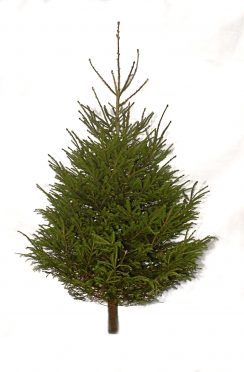While evergreen fir trees have been used to celebrate winter festivals for thousands of years, having a decorated Christmas tree in the home, in the style we are used to, has only been popular in the UK since the 19th century.
The tradition of decorated Christmas trees spread from Germany to the UK thanks to Queen Victoria and Prince Albert. German-born Albert had often celebrated Christmas with a tree as a youngster, and was keen to share this childhood treat with his new wife. In 1848, the Illustrated London News published a drawing of the royal couple with a beautifully decorated tree, and within a few years the sight was common throughout homes in Britain.
Since then the popularity of Christmas trees has reached dizzying heights with shoppers buying around 8million real trees each year. According to Forestry Commission Scotland, who kindly supplied us with this guide, the most common trees sold in Scotland are the Nordman fir, Norway spruce and the lodgepole pine.
Each tree has its own distinctive features, from its smell and shape to the texture of needles and sturdiness of the branches. If you’re struggling to decide what type to get, have a look at this handy guide to picking your perfect tree.
NORWAY SPRUCE
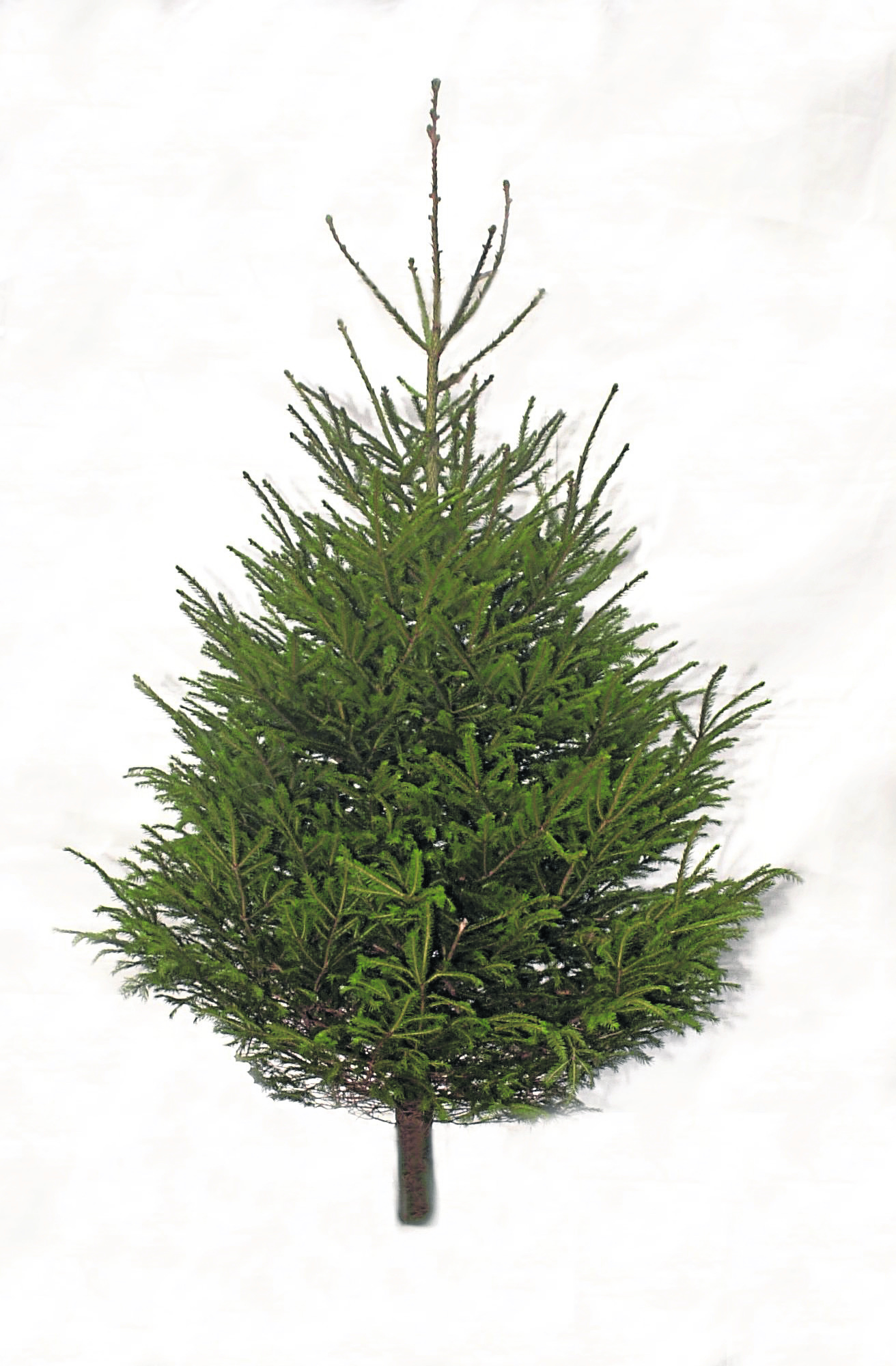
The most traditional looking Christmas tree – has a mid- green colour, a fine, delicate foliage and a distinctive ‘Christmassy’ scent. Spruce lose their needles quicker than other trees once moved indoors, so its best to buy closer to Christmas. This type of tree will add a touch of Scandi style to your festive decorations this year.
NORDMAN FIR
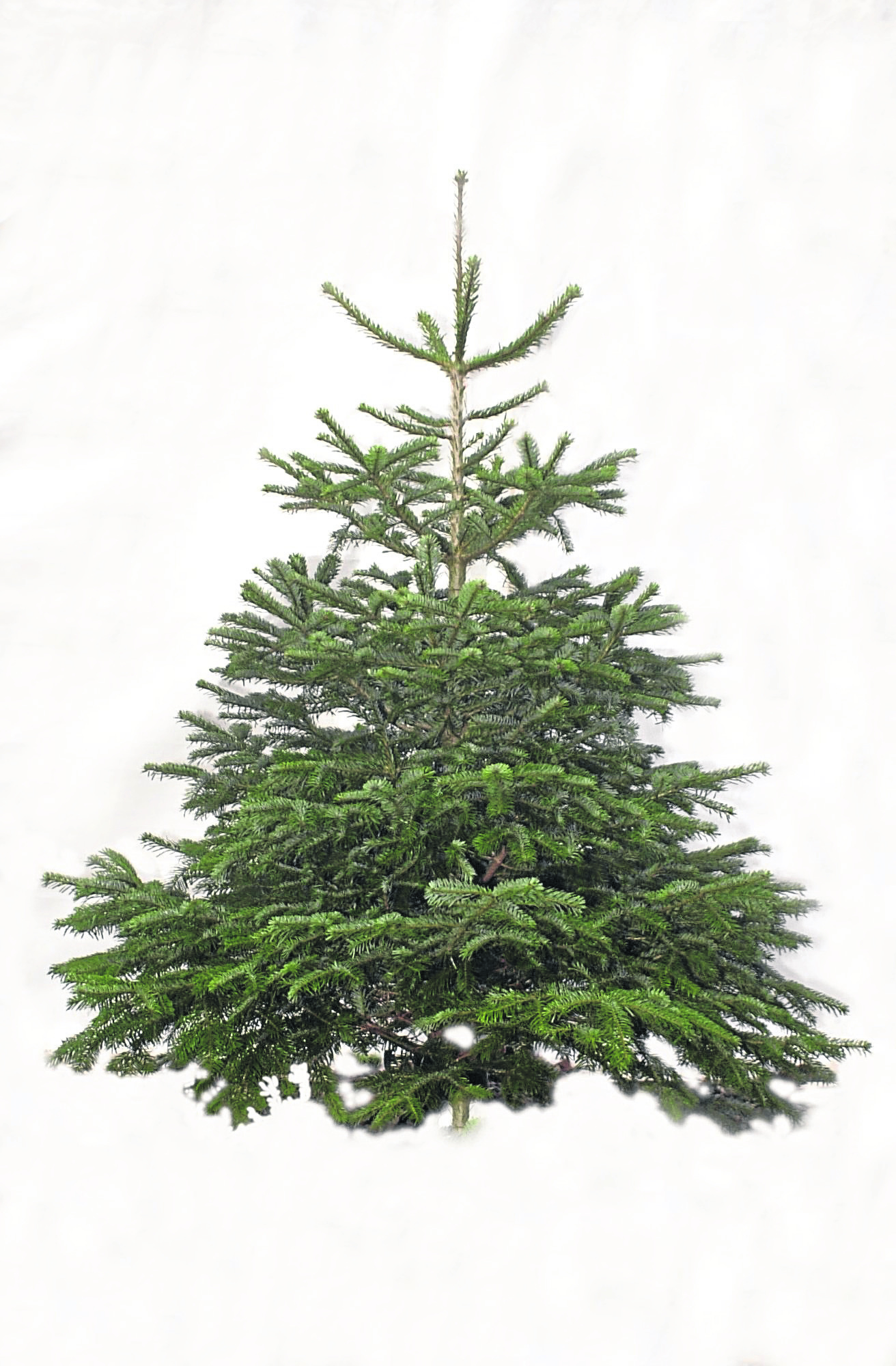
Distinctive broad, bold green needles with whitish underside. Firs have strong branches which make them a great choice for hanging lots of decorations on. It’s a popular Christmas tree because the needles aren’t sharp and don’t shed as much as other trees.
LODGEPOLE PINE
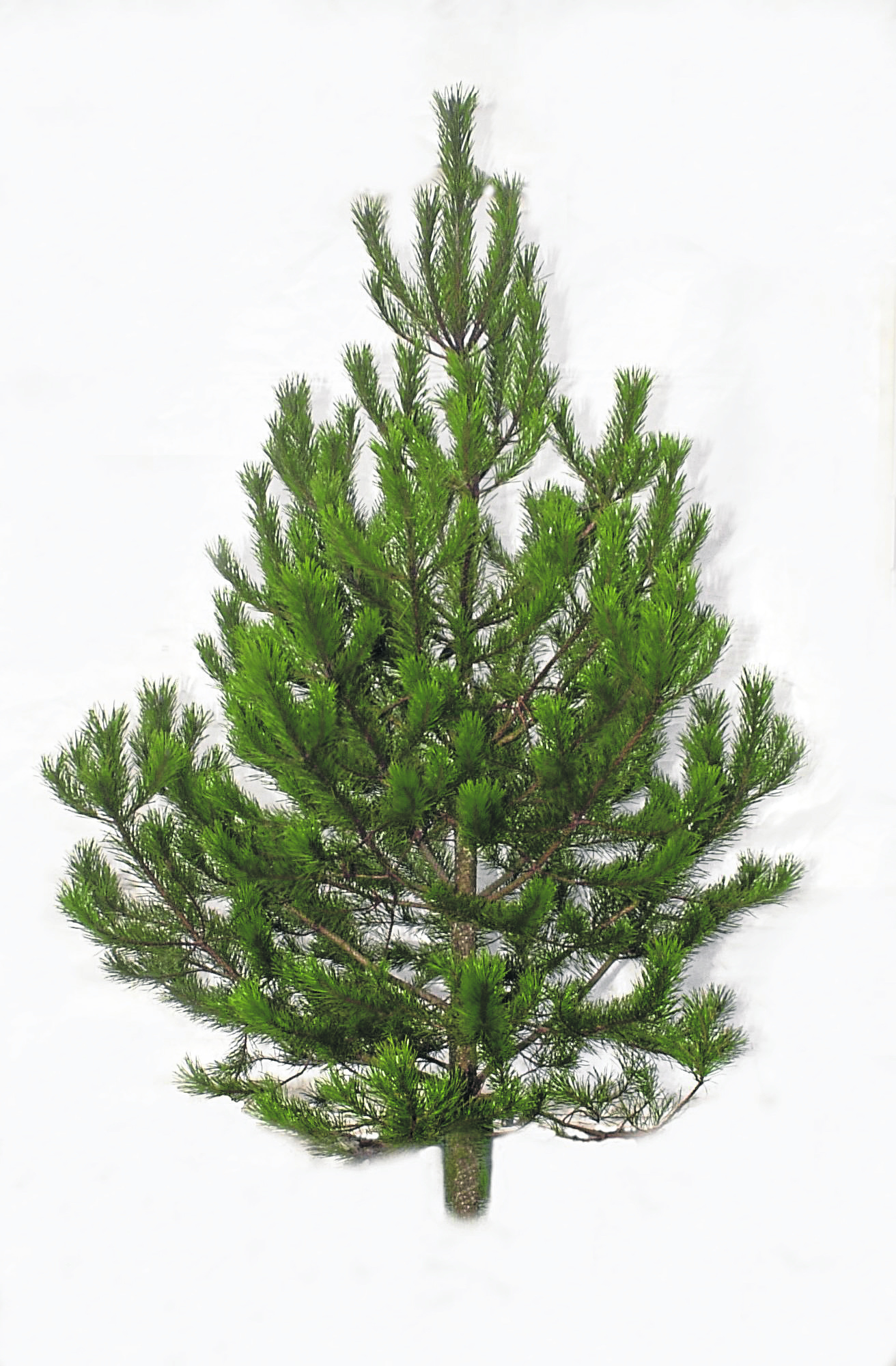
A cheerful green colour, tinged slightly with yellow, and a sharp fragrance. It drops fewer needles than fir and spruce, which makes it a long-lasting tree. It also saves on vacuuming time! Used by Native Americans to hold up tipis, this sturdy choice also makes a rather dashing Christmas tree.
SCOTS PINE
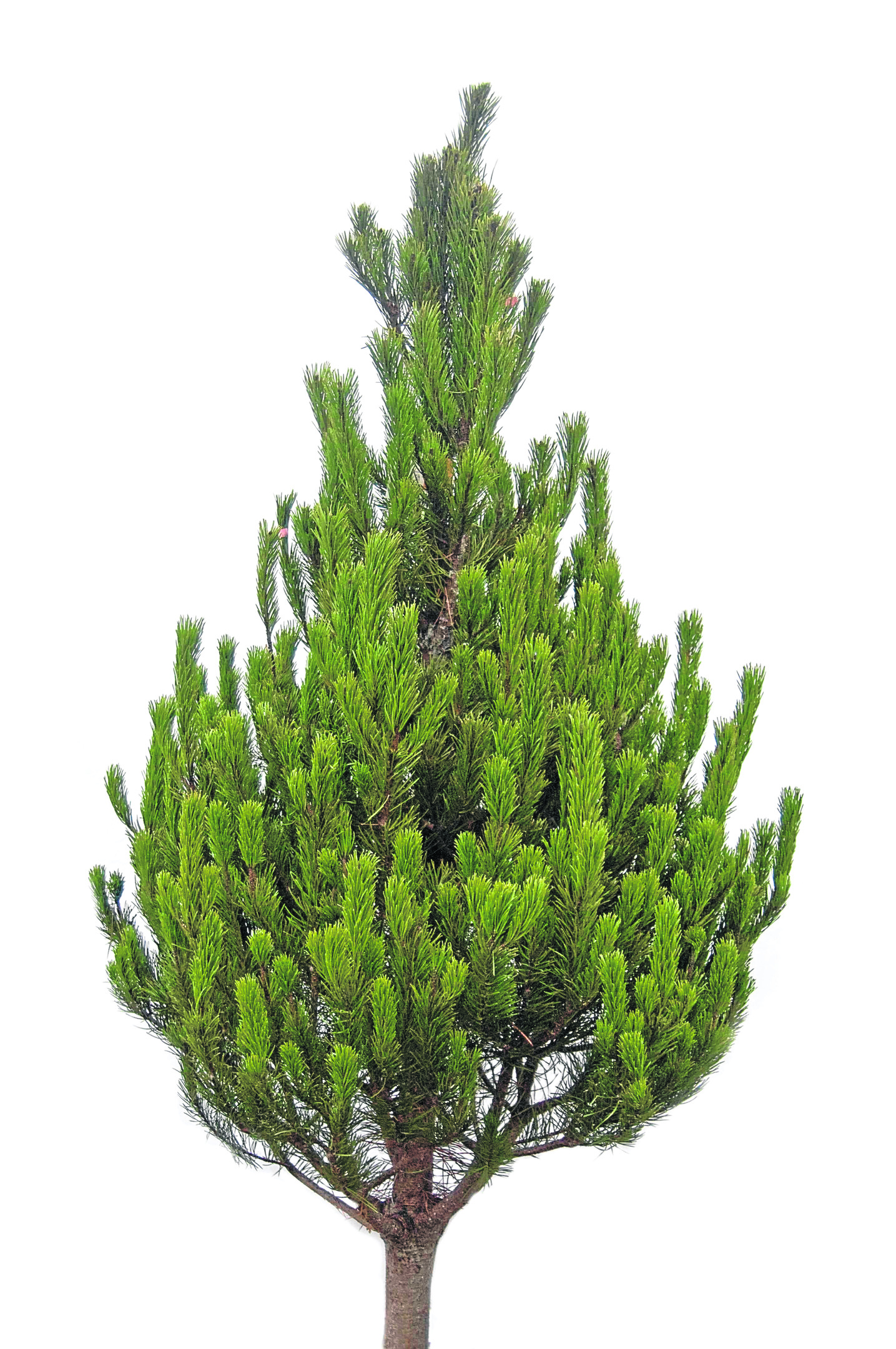
Fragrant and attractive, this lovely native conifer has blue-green foliage and soft needles. The perfect choice if you’d like Scotland’s national tree on display in your living room.
Forestry Commission Scotland are selling real trees from its sales centre at the Tyrebagger outside Aberdeen. The nearest postcode is AB21 0TT or call 01224 790234. The centre is open daily from Monday, November 27 until Friday, December 22, 9am-5pm.
Kellockbank Country Emporium near Insch and just off the A96 between Aberdeen to Inverness, is also an excellent place to find Christmas trees, wreaths and seasonal plants as well as a huge selection of festive gift ideas. The venue is open daily from 9am-5pm while the coffee shop there is open 9am-4.30pm. Phone 01464 851114 or visit www.kellockbank.co.uk
HOW TO CARE FOR YOUR TREE
Now you’ve chosen your tree, follow some of the Forestry Commission tips to keep it at its glorious best throughout the festive season.
- When you get home, stand your tree in a bucket of water and keep it in a cool place like a garage or shed until it’s ready to take indoors for decorating.
- Before you move the tree inside, cut off at least one inch (2.5cm) from the bottom of the trunk and gently shake to remove any loose needles.
- Use a special stand and pot the tree with the trunk immersed in water, but not with sand or soil, because this will stop water being absorbed.
- Put your Christmas tree in the coolest part of the room, ideally next to a window.
- Water daily – looking this good is thirsty work!
